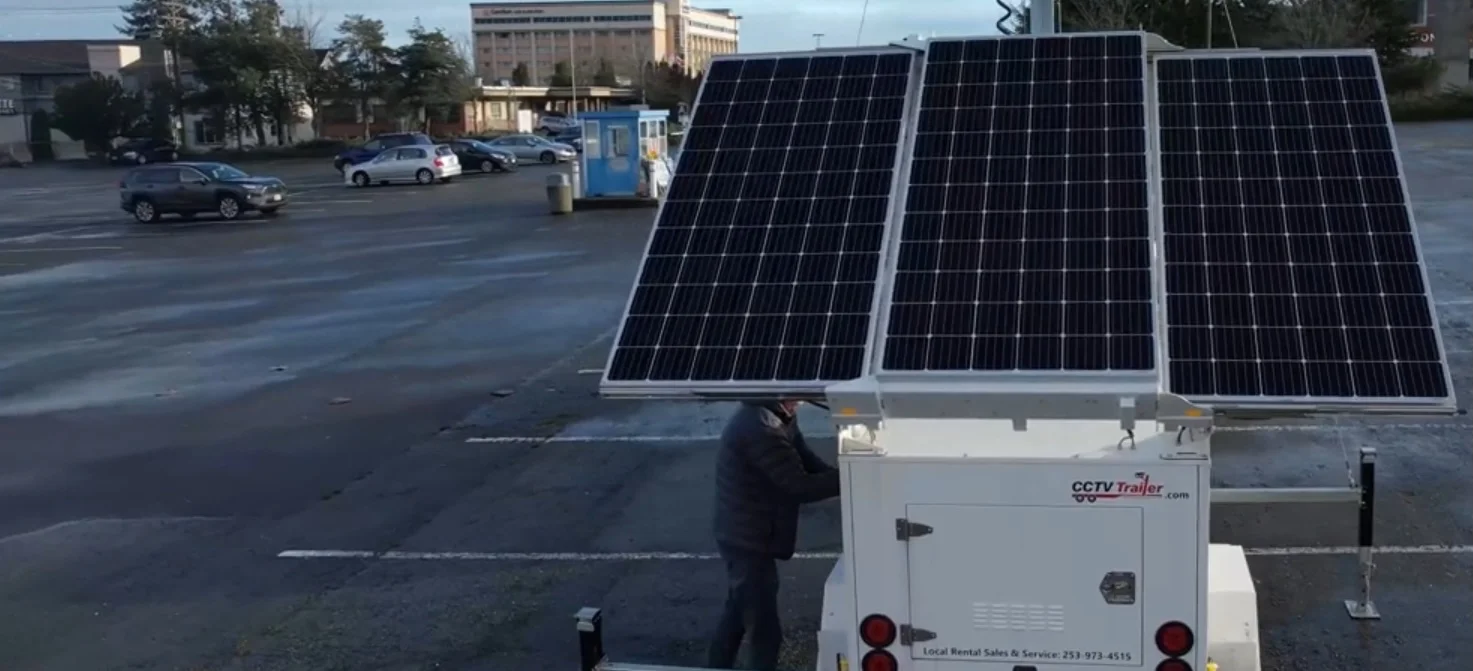Construction Site Security Compliance Guide
Navigate construction site security regulations with confidence. Our comprehensive guide covers OSHA requirements, insurance benefits, and compliance strategies.
Get Compliance AssessmentOSHA Security Requirements Overview
Understanding and meeting federal safety and security standards
OSHA Safety Standards (29 CFR 1926)
- 1926.95 - PPE Requirements
Personal protective equipment must properly fit all workers
- 1926.35 - Emergency Action Plans
Written emergency action plan required for evacuation procedures
- 1926.200 - Accident Prevention Signs
Safety signs and tags required for hazard warnings
- 1926.20 - General Safety
Contractor must initiate safety programs as necessary
State & Local Requirements
- Washington State L&I
Chapter 296-155 WAC safety standards, prevailing wage requirements
- Public Works Requirements
Statement of Intent, certified payroll, workers' comp required
- Environmental Protection
Security for environmentally sensitive areas
- Fire Marshal Requirements
Access control for emergency vehicles
Insurance Premium Reduction Benefits
How Security Reduces Your Insurance Costs
| Feature | Without Security | With Mobile Surveillance |
|---|---|---|
| Base Premium Rate | 100% | ✓ 80-90% |
| Theft Deductible | $25,000 | ✓ $10,000 |
| Equipment Coverage Limit | $500,000 | ✓ $1,000,000 |
| Vandalism Coverage | Limited | ✓ Full Coverage |
| Liability Protection | Standard | ✓ Enhanced |
| Claims Processing | 30-45 days | ✓ 7-14 days |
| Risk Assessment Score | High Risk | ✓ Low-Medium Risk |
| Annual Review Adjustment | +5-10% | ✓ -5-10% |
Without Security
With Mobile Surveillance
General Liability Reduction
Typical premium reduction with comprehensive security systems
Builder's Risk Insurance
Premium reduction with monitored surveillance systems
Annual Savings
Average savings per $100K in premiums
Compliance Documentation Checklist
Required Documentation
- Written Security Plan (site-specific)
- Equipment Inventory & Serial Numbers
- Access Control Procedures
- Incident Response Protocol
- Security Personnel Credentials
- Daily Security Logs
- Video Retention Policy
Insurance Documentation
- Security System Specifications
- Monitoring Service Agreement
- Incident Reports (last 12 months)
- Security Audit Results
- Emergency Contact List
- Loss Prevention Measures
- Annual Security Review
Compliance Implementation Timeline
Week 1: Assessment & Planning
Site security audit, risk assessment, compliance gap analysis
Week 2: System Deployment
Install surveillance equipment, establish monitoring protocols
Week 3: Documentation & Training
Complete all required documentation, train site personnel
Week 4: Certification & Insurance Review
Submit compliance certification, negotiate insurance premium reductions
Frequently Asked Compliance Questions
What are the minimum OSHA security requirements for construction sites?
OSHA 29 CFR 1926 focuses on worker safety including PPE requirements, emergency action plans, accident prevention signs, and general safety programs. Security for theft prevention is not specifically mandated by OSHA but may be required by insurance carriers and local jurisdictions.
How much can I save on insurance with proper security?
Construction sites with comprehensive security systems typically see 5-15% reduction in general liability premiums and 10-20% savings on builder's risk insurance. Average annual losses from theft range from $1-2 billion nationally, with 89% of sites experiencing theft.
What documentation do I need for compliance?
Required documentation includes a written site-specific security plan, equipment inventory, access control procedures, incident response protocols, daily security logs, and video retention policies. Insurance carriers also require monitoring agreements and audit results.
How quickly can I achieve compliance?
Most construction sites can achieve full compliance within 4 weeks: Week 1 for assessment, Week 2 for system deployment, Week 3 for documentation and training, and Week 4 for certification and insurance review.
Do I need 24/7 monitoring for compliance?
24/7 monitoring is typically required by insurance carriers for high-value projects, sites with equipment over $500,000, or high-crime areas. While not mandated by OSHA, continuous monitoring can significantly reduce theft losses and insurance premiums.
Ready to Secure Your Site?
Get a custom quote for your security needs in minutes
✓ Same Day Delivery ✓ No Long-Term Contracts Required ✓ 24/7 Support
